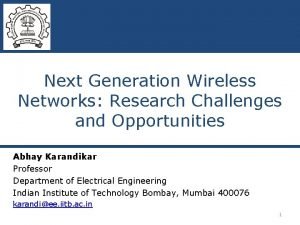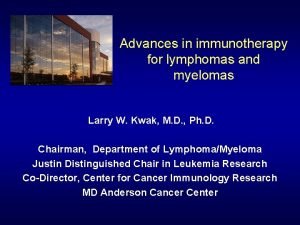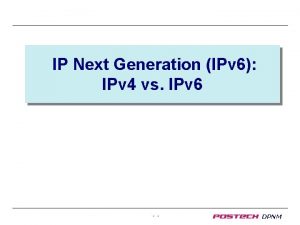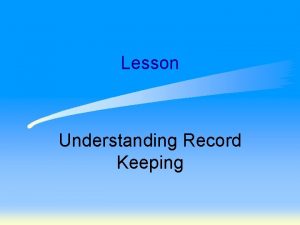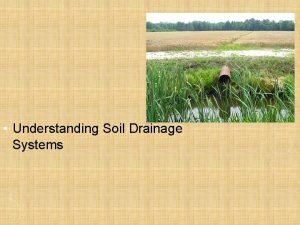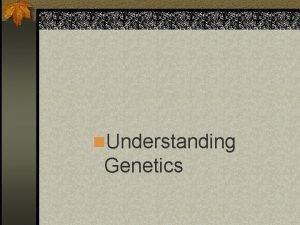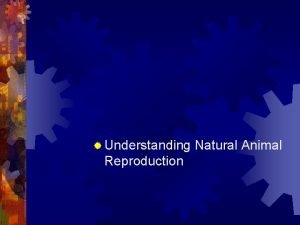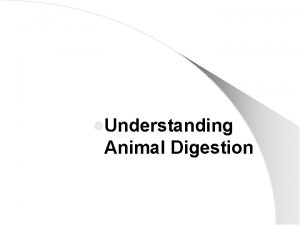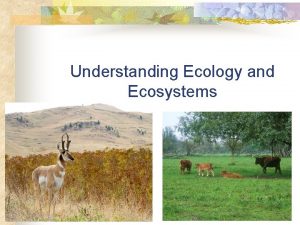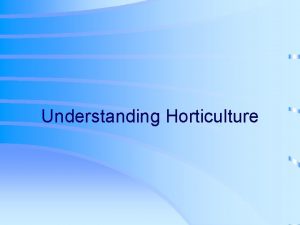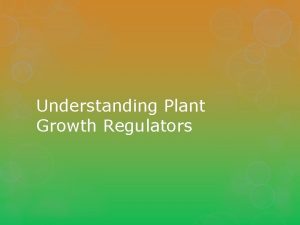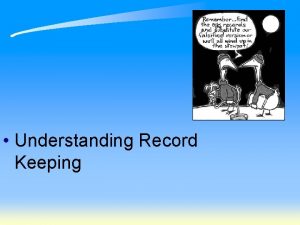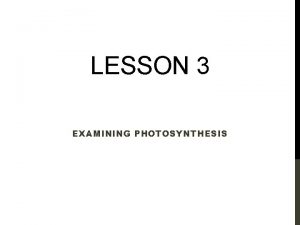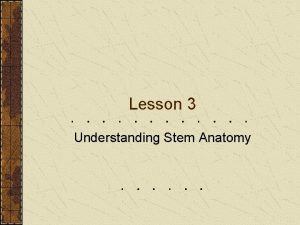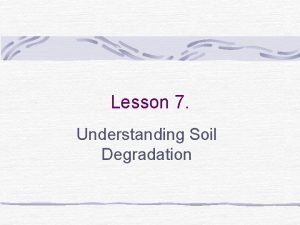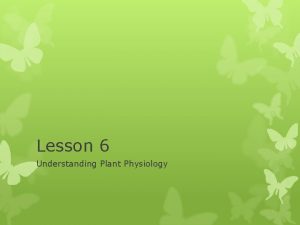LESSON 4 Understanding Respiration NEXT GENERATION SCIENCECOMMON CORE





















- Slides: 21

LESSON 4 Understanding Respiration

NEXT GENERATION SCIENCE/COMMON CORE STANDARDS ADDRESSED! HS‐LS 1‐ 7. Use a model to illustrate that cellular respiration is a chemical process whereby the bonds of food molecules and oxygen molecules are broken and the bonds in new compounds are formed resulting in a net transfer of energy. [Clarification Statement: Emphasis is on the conceptual understanding of the inputs and outputs of the process of cellular respiration. ] [Assessment Boundary: Assessment should not include identification of the steps or specific processes involved in cellular respiration. ]

AGRICULTURE, FOOD, AND NATURAL RESOURCE STANDARDS ADDRESSED PS. 02. 03. Apply knowledge of plant physiology and energy conversion to plant systems. § PS. 02. 03. 02. a. Summarize the stages of cellular respiration including their products and byproducts.

BELL WORK! 1. Define cellular respiration. 2. Describe the processes of cellular respiration. 3. Identify factors that affect cellular respiration.

TERMS Aerobic respiration Anaerobic respiration Cellular respiration Cytosol Electron transport system (ETS) Fermentation Glycolysis Mitochondria Oxidation Redox reactions Reduction Tricarboxylic acid (TCA) cycle

INTEREST APPROACH Hand out penny candy to the students. Inquire as to what is in the candy. The students will identify sugar. Ask them if candy gives them an energy boost. If yes, ask them to explain how that happens. They will probably say that they digest the sugar. Shift the discussion to plants. Ask how plants get their energy. They might know about the production of food through photosynthesis, but not how manufactured food is used.

WHAT IS CELLULAR RESPIRATION?

I. The cells that make up organisms are at constant work producing materials for growth, reproduction, movement, and maintenance of the internal environment. In order for the cells to keep functioning, they must convert substances to make ATP.

§ A. Cellular respiration is the process in which Chemical energy stored in certain foods is converted to ATP, high-energy compounds. (ATP = Adenosine Triphosphate) (basically cells that store energy)The process of respiration takes place in complex organelles known as mitochondria. § B. Where oxygen is plentiful, organisms use a highly efficient method of cellular respiration known as aerobic respiration. Where oxygen is in short supply some organisms have evolved to obtain their energy through anaerobic respiration. Humans and most plants rely on aerobic respiration.


WHAT ARE THE PROCESSES OF CELLULAR RESPIRATION?

II. Aerobic respiration is the opposite of photosynthesis. § A. During aerobic respiration glucose or other forms of carbohydrates are broken down in the presence of water and oxygen. The products are energy in the form of ATP, carbon dioxide, and water.

§ B. There are four main stages to aerobic respiration. The first stage is glycolysis. Glycolysis is the conversion of six-carbon glucose molecules to threecarbon molecules of pyruvate. A product is the formation of ATP and release of hydrogen. Glycolysis takes place in the cytosol or fluid of a cell in which organelles are suspended. § C. Pyruvate molecules enter the mitochondria in the second stage. Pyruvate is converted to acetyl coenzyme A and carbon dioxide and hydrogen are released.

§ D. The aerobic respiration process enters the third stage known as the tricarboxylic acid (TCA) cycle. It takes place in the mitochondria and consists of eight steps. Carbon dioxide and hydrogen are released during TCA. § E. In the fourth stage, the electron transport system (ETS), electrons of the hydrogen molecules released in the earlier stages are passed through a series of acceptors. As they travel, they go through chemical reactions in which oxidation (the combining with oxygen) and reduction (the removing of oxygen) occur. Reactions in which substances are oxidized and reduced are referred to as redox reactions. During this pathway ATP is synthesized and water is released.

§ F. Fermentation is carried out by some fungi and bacteria, since it is a third type of cellular respiration and is anaerobic. Fermentation produces ethyl alcohol or lactic acid. Humans recognize the value of fermentation in the making of silage, beer, and wine.


WHAT FACTORS AFFECT CELLULAR RESPIRATION?

III. Nearly all energy used to maintain life originates from the sun. Plants convert the solar energy through photosynthesis to chemical energy. Plants and animals then release the chemical energy for their use through respiration. Various factors influence respiration. § A. Respiration increases as temperatures rise. § B. Oxygen is required for aerobic respiration to occur. If levels of oxygen are reduced in the atmosphere, respiration slows.

§ C. Soils saturated with water lack oxygen. In the absence of oxygen respiration does not occur. This explains why root cells and ultimately root systems die in waterlogged soil. § D. Under low light conditions less carbohydrates are produced by plants. Low levels of carbohydrates, in turn, mean low rates of respiration. § E. The stage of growth and the age of the plant influences the rate of respiration needed to maintain the life processes. Young actively growing plants tend to have a higher rate of respiration.


REVIEW/SUMMARY 1. What is cellular respiration? 2. What are the processes of cellular respiratio 3. What factors affect cellular respiration?
 X.next = x.next.next
X.next = x.next.next External respiration vs internal respiration
External respiration vs internal respiration The nose serves all the following functions except
The nose serves all the following functions except Lesson 2 measurement and scientific tools answer key
Lesson 2 measurement and scientific tools answer key Stahl
Stahl Lord you are good and your mercy is forever
Lord you are good and your mercy is forever Palo alto networks next generation security platform
Palo alto networks next generation security platform Next generation wireless communication market
Next generation wireless communication market Nclex clinical judgement model
Nclex clinical judgement model Intelligence driven defense
Intelligence driven defense Next-generation smart contracts
Next-generation smart contracts Vaccine therapy
Vaccine therapy Next generation application management
Next generation application management Next generation learning platform
Next generation learning platform Palo alto networks next generation security platform
Palo alto networks next generation security platform Next generation text service
Next generation text service Next gen nclex
Next gen nclex Electrical energy
Electrical energy Next gen emr
Next gen emr Ip next generation
Ip next generation Next generation backup
Next generation backup Educating the next generation of leaders
Educating the next generation of leaders







